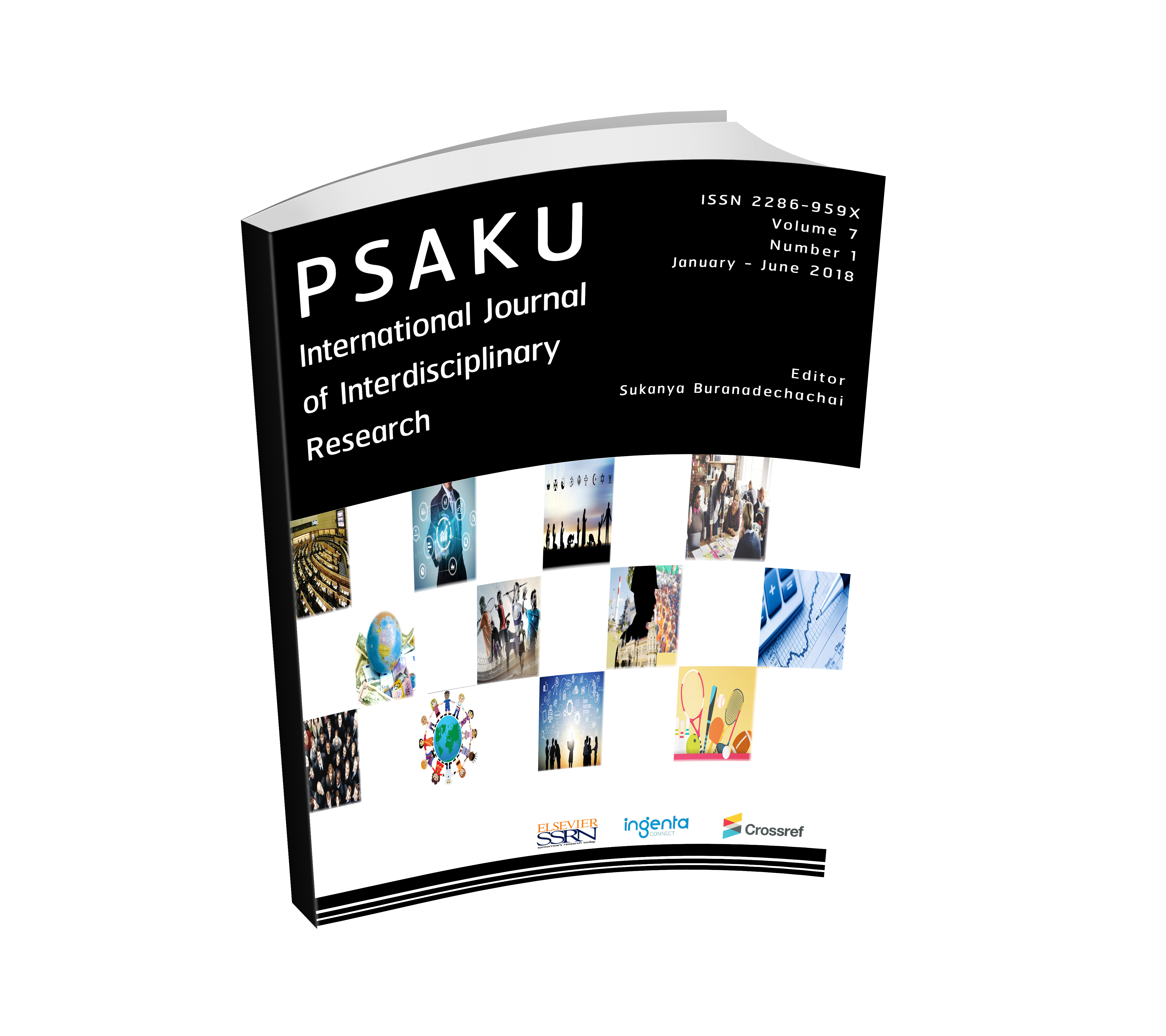The Use of English in Advertising Messages of Thai Traditional Products
Keywords:
English as a Lingua Franca, Thai-English, Interlanguage, Non-Standard English, English Language StudiesAbstract
The research analysed the Thai-English grammar used in commercial and service advertising for Thai traditional products in the context of the economic and commercial promotion by the government. The sample group for the data collection came from a purposive sampling method conducted in Bangkok, Chonburi, and Prachuap Khiri Khan, totalling 525 data. Regarding the research based on the specific Thai-styled English grammar (Mallikamas, 2008), The use of English as a Lingua Franca in ASEAN community, and The use of English as a Lingua Franca, it was found that the language deviates in ten aspects of standard-English use as follows: 1) articles, 2) numbers, 3) negatives, 4) copula, 4) relative pronouns, 6) prepositions, 7) verb distribution, 8) subject-verb agreement, 9) collocations, and 10) ellipsis complements. Moreover, there were also some specific grammatical topics found other than the ones mentioned previously. These topics refer to six other deviations apart from the aforementioned standards found: serial verbs, verbless clause, adjectives, conjunctions, voice, and continual sentences. This language phenomenon may be assumed to occur as a result of interference between Thai and the target language, as both possess many differences from each other.
Downloads












.png)


